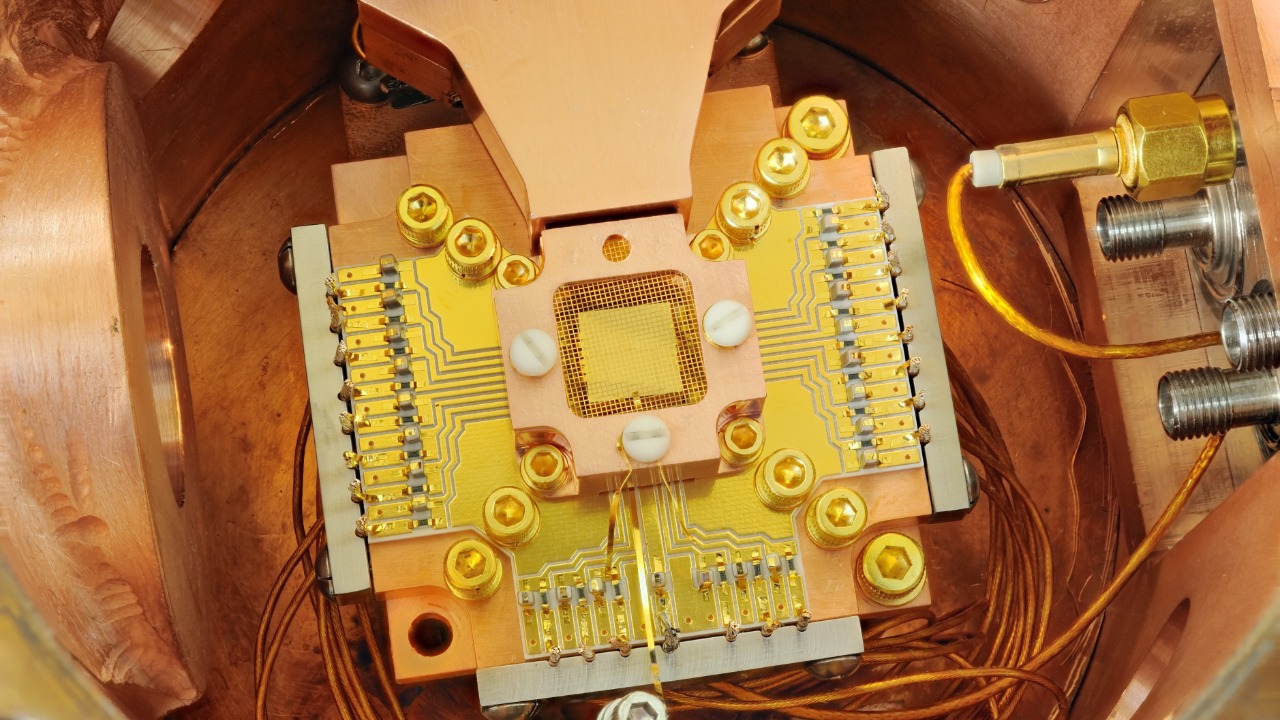
IBM has recently taken a significant leap in the quantum computing arena by unveiling two new quantum processors. One of these processors is particularly noteworthy as it provides a blueprint for achieving fault-tolerant quantum computing by 2029. As part of this ambitious initiative, IBM has also announced plans for the Starling supercomputer, set to be operational by 2029, and has outlined a detailed roadmap toward large-scale, fault-tolerant quantum computing at the new IBM Quantum Data Center.
The Unveiling of Two New Processors
IBM’s announcement of two new quantum processors marks a significant milestone in the field of quantum computing. These processors, with their advanced technical specifications, are set to enhance the capabilities of current quantum systems. One of these processors plays a pivotal role in advancing quantum error correction techniques, a critical aspect of quantum computing that ensures the accuracy of computations.
These new processors are designed to integrate seamlessly with existing IBM Quantum platforms. This integration enables hybrid classical-quantum workflows, which combine the strengths of classical and quantum computing to solve complex problems more efficiently.
Blueprint for Fault-Tolerant Quantum Computing
One of the newly unveiled processors offers a specific blueprint for achieving fault-tolerant quantum computing by 2029. Fault tolerance in quantum computing is a significant advancement as it allows quantum systems to correct their own errors, a feature that is crucial for practical, large-scale computations.
IBM has outlined a path to fault-tolerant systems, which includes milestones for improving qubit fidelity and reducing error rates. This blueprint addresses current limitations in quantum error correction, paving the way for more reliable and practical quantum computing applications.
IBM’s 2029 Target for Quantum Advancements
IBM has set a target to achieve fault-tolerant quantum computing by 2029. Key performance metrics for this target include logical qubit counts, which are a measure of the computational power of a quantum system. The strategic timeline from the current processors to 2029 fault-tolerance involves incremental hardware and software upgrades.
Meeting this 2029 target will have significant implications for industries that rely on high-fidelity quantum simulations. These industries include material science, pharmaceuticals, and finance, where quantum computing can potentially revolutionize existing workflows and processes.
Roadmap to Large-Scale Quantum Systems
IBM’s roadmap toward a large-scale, fault-tolerant quantum computer begins with the capabilities of the new processors. The roadmap includes steps such as modular scaling and the integration of error-corrected logical qubits by 2029.
The roadmap also incorporates feedback from the quantum research community to refine fault-tolerance protocols. This collaborative approach ensures that the development of quantum computing technology is aligned with the needs and insights of the broader scientific community.
The Starling Supercomputer Initiative
The Starling supercomputer, planned for 2029, is a key part of IBM’s quantum computing initiative. Built on the foundation of the new quantum processors, Starling is designed to use fault-tolerant modules for complex problem-solving.
Starling fits into IBM’s broader vision for hybrid quantum-classical supercomputing environments. These environments combine the strengths of classical and quantum computing, offering unprecedented computational power for a wide range of applications.
New IBM Quantum Data Center Role
The new IBM Quantum Data Center serves as the hub for unveiling the roadmap and hosting the initial deployments of the processors. The data center’s infrastructure is designed to support large-scale quantum experiments, which are crucial for achieving the 2029 goals.
Researchers will have access to the data center to test fault-tolerant prototypes based on the new processors. This access will facilitate collaboration between IBM and the broader research community, accelerating the development of practical, large-scale quantum computing systems.
More from MorningOverview